By Christopher Miskimon
On October 8, 1918, soldiers of the U.S. Army’s 328th Infantry Regiment arrived at Hill 223 and started dying. A strong German defense stopped the Americans cold and several officers were already casualties. Sergeant Harry Parsons took charge of the troops in his immediate vicinity, formed them into combat groups, and decided to send some of them around to the left flank against the Germans. He summoned Acting Sergeant Bernard Early and ordered him to take three squads to the east and then enter some woods to the south and take out several enemy machine guns. It was a risky mission, probably a suicidal one, but someone had to go.
Early gathered his three corporals and gave them the plan. Four noncommissioned officers and 13 privates set out in single file. One of them was Corporal Alvin C. York. He led the automatic rifle squad—five men with an unreliable French Chauchat light machine gun. The patrol entered the brush and made their way up a hill, finding a pair of German snipers firing at the Americans below. They killed one and wounded the other. As the morning sun burned the mist away, German machine gunners spotted the patrol and opened fire from 600 yards away. The Americans fell back into the brush without taking casualties and moved toward another hill to the southwest. By chance, an American artillery barrage provided cover.
At the top of the hill, the patrol followed an old ditch farther behind German lines. They formed a skirmish line, moving through the trees, hunting the enemy. The Yanks soon found their game. They chased a pair of medics before finding a large group of Germans gathered around a shack, receiving a lecture from an officer. The Americans opened fire, killing some, capturing others and scattering the rest. The patrol was momentarily elated. York and his comrades slapped each other on the back for helping the beleaguered Yanks below.
As they prepared to escort the prisoners back to American lines, a shout came from above. “Get Down!” someone shouted in German. As the prisoners hit the ground, machine-gun fire tore into the Americans. Squatting among the Germans, York and the surviving Americans started firing back at the enemy above. “I had no time nohow to do nothing but watch them … and give them the best I had, said York in his Tennesee drawl. “Every time I seed a German I jes’ teched him off.”
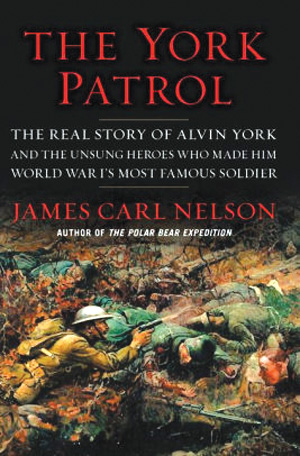 York slowly crawled forward, using some brush as concealment. He watched the enemy position above. Each time a German raised his head to find him, York shot him down. One of the German prisoners behind him was an officer; in the confusion no one had relieved him of his pistol. He emptied his entire magazine at York but never hit him. A few other Yanks fired away at the Germans, using various weapons, including the crude Chauchat. As York crouched in the brush, he saw a squad of five or six Germans coming toward him single file. His rifle was empty; no time to reach a spare clip. York opened the flap of the holster on his belt and drew his .45 automatic pistol.
York slowly crawled forward, using some brush as concealment. He watched the enemy position above. Each time a German raised his head to find him, York shot him down. One of the German prisoners behind him was an officer; in the confusion no one had relieved him of his pistol. He emptied his entire magazine at York but never hit him. A few other Yanks fired away at the Germans, using various weapons, including the crude Chauchat. As York crouched in the brush, he saw a squad of five or six Germans coming toward him single file. His rifle was empty; no time to reach a spare clip. York opened the flap of the holster on his belt and drew his .45 automatic pistol.
That day proved to be Alvin York’s “day of days.” He killed two-dozen Germans and captured over a hundred more. It led him to a Medal of Honor and fame at home in the United States. He soon became a legend, his tale retold in countless magazines, newspapers, and books and becoming a Howard Hawks-directed movie titled Sergeant York starring Gary Cooper in 1941, just before America entered another war.
As with most military legends, it was not always retold truthfully. For an accurate retelling of the tale, read The York Patrol: The Real Story of Alvin York and the Unsung Heroes Who made Him World War I’s Most Famous Soldier (James Carl Nelson, William Morrow Publishers, New York NY, 2020, 288 pp., maps, photographs, bibliography, index, $28.99, hardcover).
While York’s exploits are entirely praiseworthy, he was only one of the men who went on the patrol that day. This new work blends the story of York with those of his comrades and even a few surviving German accounts. The book is a masterful mix of these distinct narratives, giving a moment-by-moment description of what the York Patrol encountered. If one adds this work to the list, the author now has five well-regarded books about the United States in World War I.
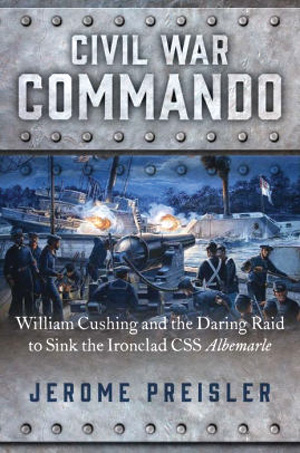 Civil War Commando: William Cushing and the Daring Raid to Sink the Ironclad CSS Albemarle (Jerome Preisler, Regnery History, Washington DC, 2020, 319 pp., maps, photographs, bibliography, $29.99, hardcover)
Civil War Commando: William Cushing and the Daring Raid to Sink the Ironclad CSS Albemarle (Jerome Preisler, Regnery History, Washington DC, 2020, 319 pp., maps, photographs, bibliography, $29.99, hardcover)
William Cushing was far from the perfect naval cadet; his behavior led to his dismissal from the U.S. Naval Academy in March 1861. That might have led him into a different calling in life, perhaps one of obscurity. Like several contemporary military officers, however, the Civil War gave him a chance at distinction. With the now-expanding navy desperate for officers, Cushing received another chance and made the most of it. He fought at the Battles of Hampton Roads in 1862 and First Battle of Fort Fisher in 1864, earning promotion along the way, but his greatest achievement came in a small boat with a handful of men. In October 1864 Cushing led a risky nighttime raid against the moored Confederate ironclad Albemarle. This ship’s crew had terrorized the Union navy, sinking one ship and damaging several others before taking refuge up the Roanoke River. Its presence was a constant threat to Union operations in the area. Cushing took a tiny steamboat up the river and struck the Albemarle with a spar torpedo, sinking it before making his escape in the confusion. This success made him an instant hero.
Cushing’s larger-than-life story is told in this fast-paced, detailed new work. The book reads almost like a novel due to the author’s clear, compelling prose and smooth writing style. It is well-researched and contains numerous archival sources used to put together the narrative.
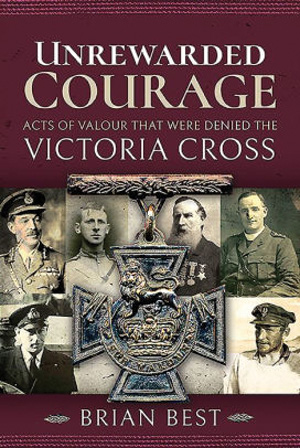 Unrewarded Courage: Acts of Valour That Were Denied the Victoria Cross (Brian Best, Frontline Books, South Yorkshire UK, 2020, 179 pp., glossary, photographs, bibliography, index, $39.95, hardcover)
Unrewarded Courage: Acts of Valour That Were Denied the Victoria Cross (Brian Best, Frontline Books, South Yorkshire UK, 2020, 179 pp., glossary, photographs, bibliography, index, $39.95, hardcover)
During the Anglo-Persian War of 1856-57, Commander James Rennie took a raft under enemy guns to force the surrender of a Persian fortress, dispersing an army of 13,000. His Victoria Cross was rejected on the grounds he had merely done his duty.
Cavalry trooper Clement Roberts rode into enemy fire during a battle to save the life of a young journalist after he was thrown from his horse. He could not know at the time he had saved the life of Winston Churchill, who would become Great Britain’s prime minister in 1940.
Gurkha soldier Dipprasad Pun defended his solitary post in Afghanistan in 2010 against a large force of Taliban, killing 15 of them. Since no superior rank saw his actions, his recommendation for the Victoria Cross was downgraded to a Conspicuous Gallantry Cross.
All three soldiers arguably deserved Great Britain’s highest award for gallantry, but none of them received it.
This compelling new work focuses on those recommended for the Victoria Cross but who were denied it. Such denials occurred sometimes for spurious reasons, often due to the confusion and chaos of war. Many brave acts go unrewarded because no one sees them or those who do fail to act or sufficiently describe what they saw. The author has written several books on Victoria Cross winners; in this volume, he looks at those who probably should have won it but did not. It is a fascinating look at some of history’s most famous might-have-beens.
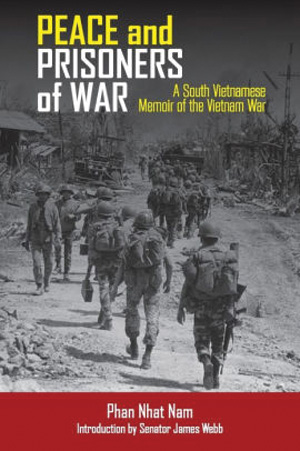 Peace and Prisoners of War: A South Vietnamese Memoir of the Vietnam War (Phan Nhat Nam, Naval Institute Press, Annapolis MD, 2020, 240 pp., maps, photographs, $24.95, softcover)
Peace and Prisoners of War: A South Vietnamese Memoir of the Vietnam War (Phan Nhat Nam, Naval Institute Press, Annapolis MD, 2020, 240 pp., maps, photographs, $24.95, softcover)
Phan Nhat Nam’s father left his family to join the communist Viet Minh guerrillas when Phan was seven years old. His mother died just as he finished high school. Phan trained at South Vietnam’s equivalent of West point and in 1961 joined the South Vietnamese Army’s elite Red Beret airborne division. He stayed with the unit until 1970 and during that time wrote many stories of his war experiences, which were published throughout the south. He became known for his honesty and his insubordination toward many of his superiors, whom he found wanting as soldiers. After his service, Phan became one of his country’s most respected war reporters, compelled to write down all he had seen and endured. As American involvement drew to a close in the early 1970s, thousands of South Vietnamese soldiers and civilians still died as Soviet and Chinese support for the north grew.
When South Vietnam fell to invasion from the north in 1975, Phan’s new rulers sent him to prison for so-called re-education, where he spent 14 years, eight of them in solitary confinement. He was allowed to immigrate to the United States in 1993, where he continued to write. This book collects many of his writings into a chronicle of his awful experiences. Few memoirs by South Vietnamese are readily available to English-speaking readers today, giving this book significance in the body of work on the Vietnam War.
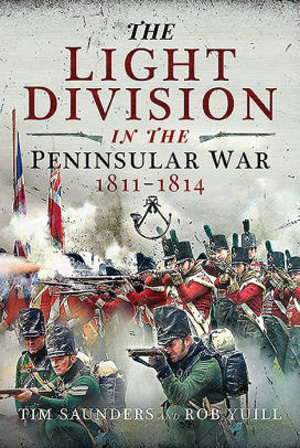 The Light Division in the Peninsular War 1811-1814 (Tim Saunders and Rob Yuill, Pen and Sword Books, South Yorkshire UK, 2020, 346 pp., maps, photographs, notes, bibliography, index, $49.95, hardcover)
The Light Division in the Peninsular War 1811-1814 (Tim Saunders and Rob Yuill, Pen and Sword Books, South Yorkshire UK, 2020, 346 pp., maps, photographs, notes, bibliography, index, $49.95, hardcover)
When the Duke of Wellington sought to go on the offensive in Portugal and Spain, the Light Division quickly became indispensable. They fought at the sieges of Ciudad Rodrigo and Badajoz, earning their reputation as capable soldiers. Afterward they marched and countermarched across the Peninsula until the French were brought to battle at Salamanca. When the British army was forced to retreat in the autumn of 1812, the Light Division went with it back to Ciudad Rodrigo. When French fortunes turned and Wellington received reinforcements from Great Britain, the Light Division resumed the advance, helping drive the French across the Pyrenees.
The Light Division was a vital component of England’s army in Portugal and Spain. This book delves into the life of the light-infantry soldier, drawing on memoirs and diaries from officers and enlisted men alike. It also provides insight into the Peninsular Campaign and its various battles. The book is well illustrated with a number of good maps, and attention is paid to the unit’s uniforms and equipment. The volume is a good overall study of the Light Division during the Napoleonic Wars.
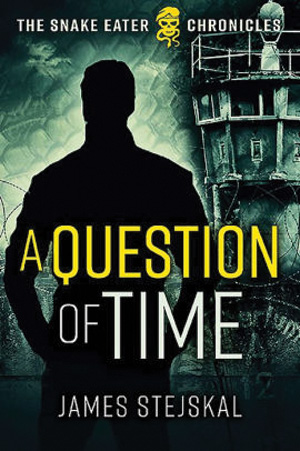 A Question of Time (James Stejskal, Casemate Publishing, Havertown PA, 2020, 304 pp., $24.95, hardcover)
A Question of Time (James Stejskal, Casemate Publishing, Havertown PA, 2020, 304 pp., $24.95, hardcover)
When the CIA’s most valuable spy in East Berlin is compromised in 1979, the agency cannot get him out safely. East Germany’s effective and dreaded secret police, the Stazi, ruthlessly hunt the American agent. Master Sergeant Kim Becker, a Vietnam veteran of the elite Studies and Observations Group, is part of the small U.S. Army Special Forces unit stationed in West Berlin. Becker and his team are tasked to get the vulnerable agent out any way they can. The mission is full of risk for the team as they race against time to rescue the CIA’s man, wondering if he is worth the danger. Meanwhile, the spy hides within the very organization that is seeking him.
The real-life activities of American Special Forces units in Berlin have only recently come to light. This new novel presents a fictional account of how those units carried out their roles in a city surrounded by the enemy during the Cold War. The author is a veteran Green Beret who joined the CIA after his military service. He uses his vast subject-matter expertise to fill his story with rich and accurate details not only about the techniques and tactics of the characters but also the backdrop of the Cold War and how it affected those involved.
Armies of Ancient Greece Circa 500-338 BC: History, Organization and Equipment (Gabrielle Esposito, Pen and Sword Books, 2020, 194 pp., photographs, bibliography, index, $34.95, hardcover)
Some of the most famous battles and conflicts in history occurred during the era of Classical Greece. The victory over the Persians at Mara-thon, the stand of Spartans at Thermopylae, the Peloponnesian War and the March of the Ten Thousand all occurred within the few centuries of Grecian dominance in the Eastern Mediterranean. The Greek hoplite, an infantryman armed with a long spear and carrying a heavy shield to complement his helmet and armor, played a key role in Greek warfare. Formed into phalanx formations, they ruled the battlefield against many foes. However, the hoplites received support from skirmishers and cavalry, using their own dedicated weapons and equipment. These specialists guarded the flanks of the cumbersome phalanx and could make attacks of their own.
This newest volume in the “Armies of the Past” series focuses on the Greek armies at the height of their power and ability. The author is an established historian with expertise in this era, with several other books to his credit in the same series. This newest work is professionally written and beautifully illustrated. All of the photographs are in color. Many of the images depict period weapons, armor and equipment worn by reenactors dedicated to accuracy, giving the reader a clear view of what ancient Greek warriors looked like on the battlefield.
Short Bursts
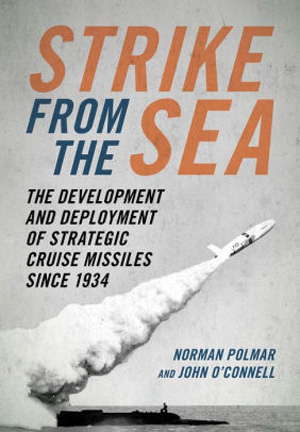 Strike from the Sea: The Development and Deployment of Strategic Cruise Missiles Since 1934 (Norman Polmar and John O’Connell, Naval institute Press, 2020, $49.95, hardcover) The cruise missile underwent a long development period, culminating in advanced weapons such as the Tomahawk. This book reveals the decades of history that created them.
Strike from the Sea: The Development and Deployment of Strategic Cruise Missiles Since 1934 (Norman Polmar and John O’Connell, Naval institute Press, 2020, $49.95, hardcover) The cruise missile underwent a long development period, culminating in advanced weapons such as the Tomahawk. This book reveals the decades of history that created them.
They Were Soldiers: The Sacrifices and Contributions of our Vietnam Veterans (Joseph Galloway and Marvin J. Wolf, Nelson Books, 2020, $29.99, hardcover) This work examines what Vietnam veterans did after they returned from the war. Despite poor treatment, many became major contributors to American society.
Phoenix Rising: From the Ashes of Desert One to the Rebirth of U.S. Special Operations (Col. Keith M. Cunningham (Ret.), Casemate Publishing, 2020, $34.95, hardcover) The Desert One operation was a nadir for U.S. Special Forces. This book chronicles how Special Forces was rebuilt into the premier organization it is today.
Assured Destruction: Building the Ballistic Missile Culture of the U.S. Air Force (David W. Bath, Naval Institute Press, 2020, $39.95, hardcover) The first American ballistic missiles became operational five years before the Cuban Missile Crisis. This required a strenuous effort that continued even after October 1962.
Korean War Allied Surge: Pyongyang Falls, UN Sweep to the Yalu, October 1950 (Gerry Van Tonder, Pen and Sword, 2020, $26.95, softcover) This is the fourth in the author’s series on the operations of the Korean War. This volume covers the period of the United Nations Command’s advances into North Korea, culminating in a Chinese response.
General Naval Tactics: Theory and Practice (Milan Vego, Naval Institute Press, 2020, $55.95, hardcover) The art of fighting at sea contains its own unique concepts and requirements. This book uses historical examples to bring these ideas to the reader.
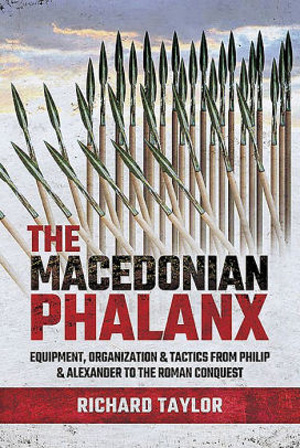 The Macedonian Phalanx: Equipment, Organization and Tactics from Philip and Alexander to the Roman Conquest (Richard Taylor, Pen and Sword, 2020, $49.95, hardcover) The phalanx ruled Greek battlefields for more than two centuries. The author provides a thorough study of its formation and use.
The Macedonian Phalanx: Equipment, Organization and Tactics from Philip and Alexander to the Roman Conquest (Richard Taylor, Pen and Sword, 2020, $49.95, hardcover) The phalanx ruled Greek battlefields for more than two centuries. The author provides a thorough study of its formation and use.
Battle for Paris 1815: The Untold Story of the Fighting after Waterloo (Paul L. Dawson, Frontline Books, 2020, $42.95, hardcover) The French army continued to fight even after their defeat at Waterloo. This new work chronicles those doomed efforts and the men who led them.
The 10 Key Campaigns of the American Revolution (edited by Edward G. Lengel, Regnery History, 2020, $29.99, hardcover) This anthology gathers 10 leading experts’ accounts of the 10 pivotal campaigns that determined the outcome of the conflict.
The Battle of Znaim: Napoleon, the Habsburg and the End of the War of 1809 (John H. Gill, Greenhill Books, 2020, $45.00, hardcover) The largely unknown Battle of Znaim in July 1809 brought the six-month long Franco-Austrian War to an end. This is the first book in English on the engagement.
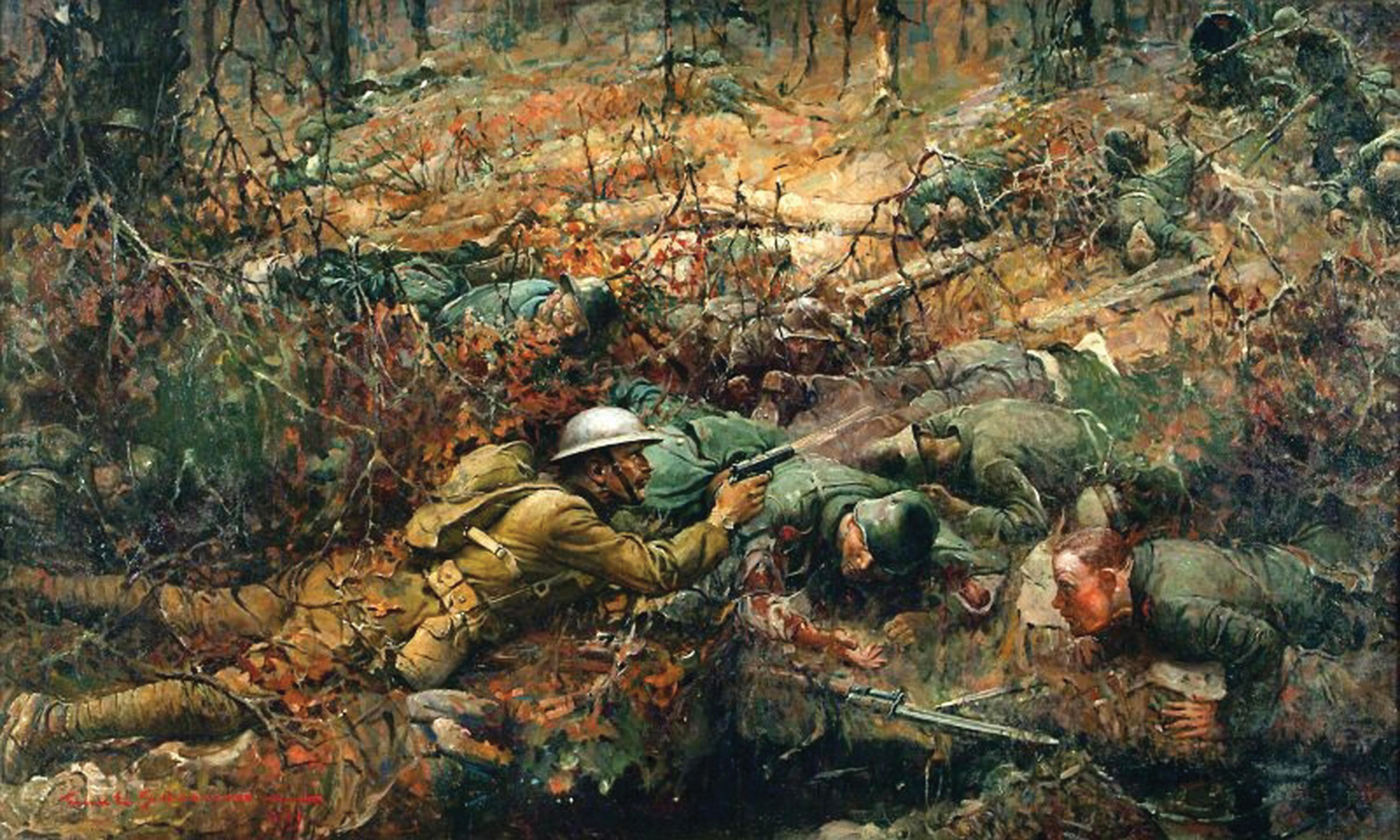
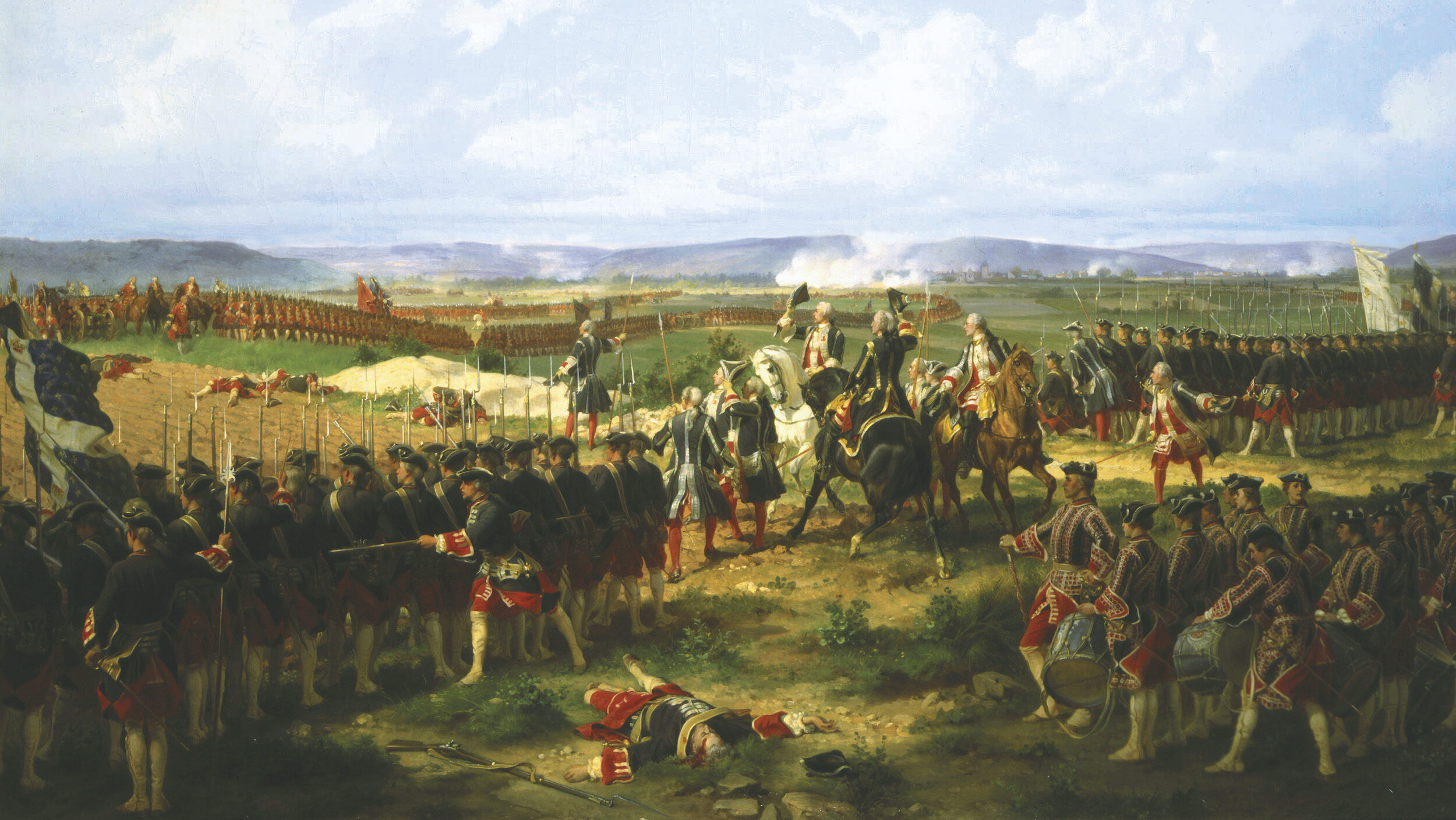
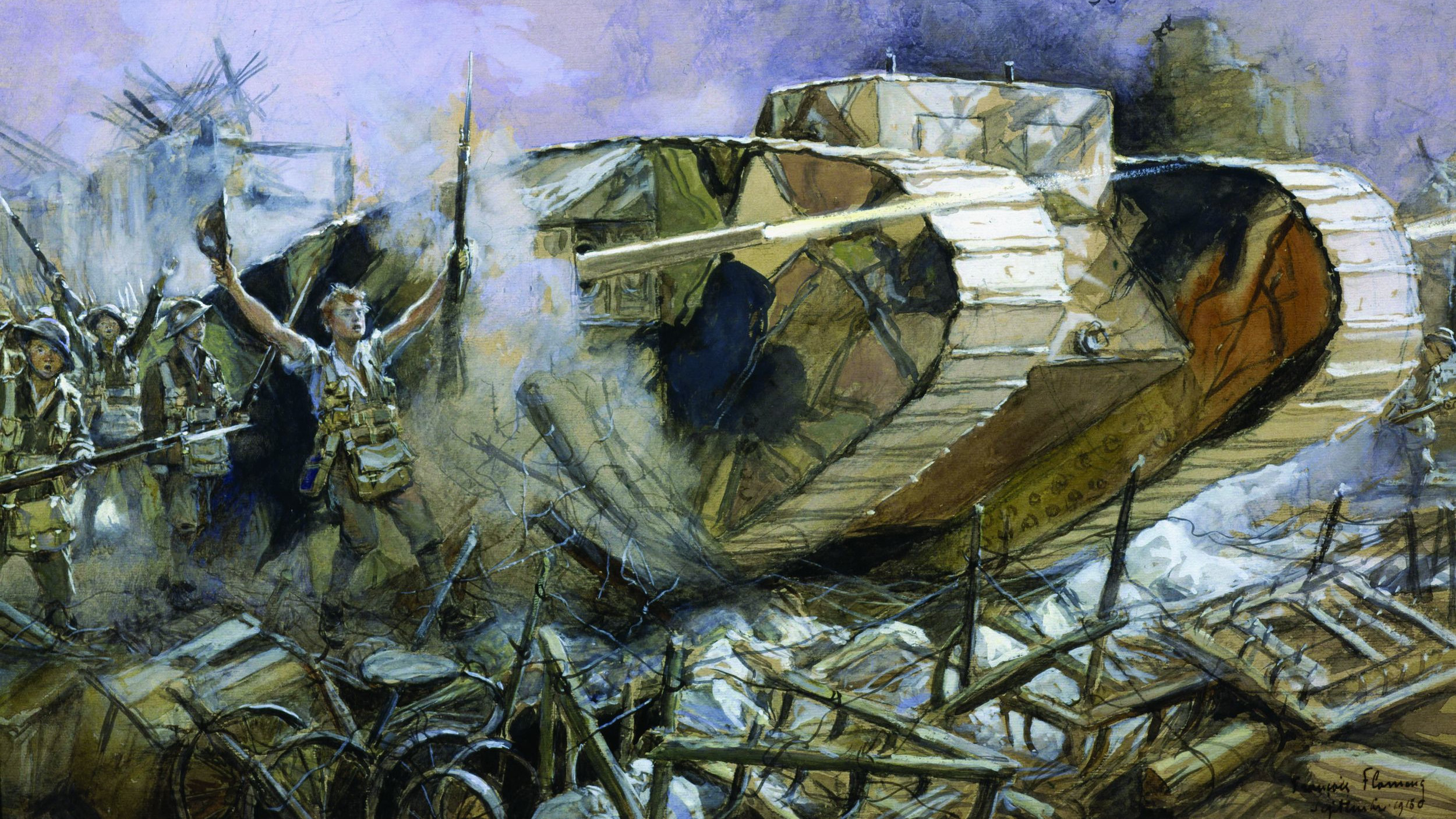

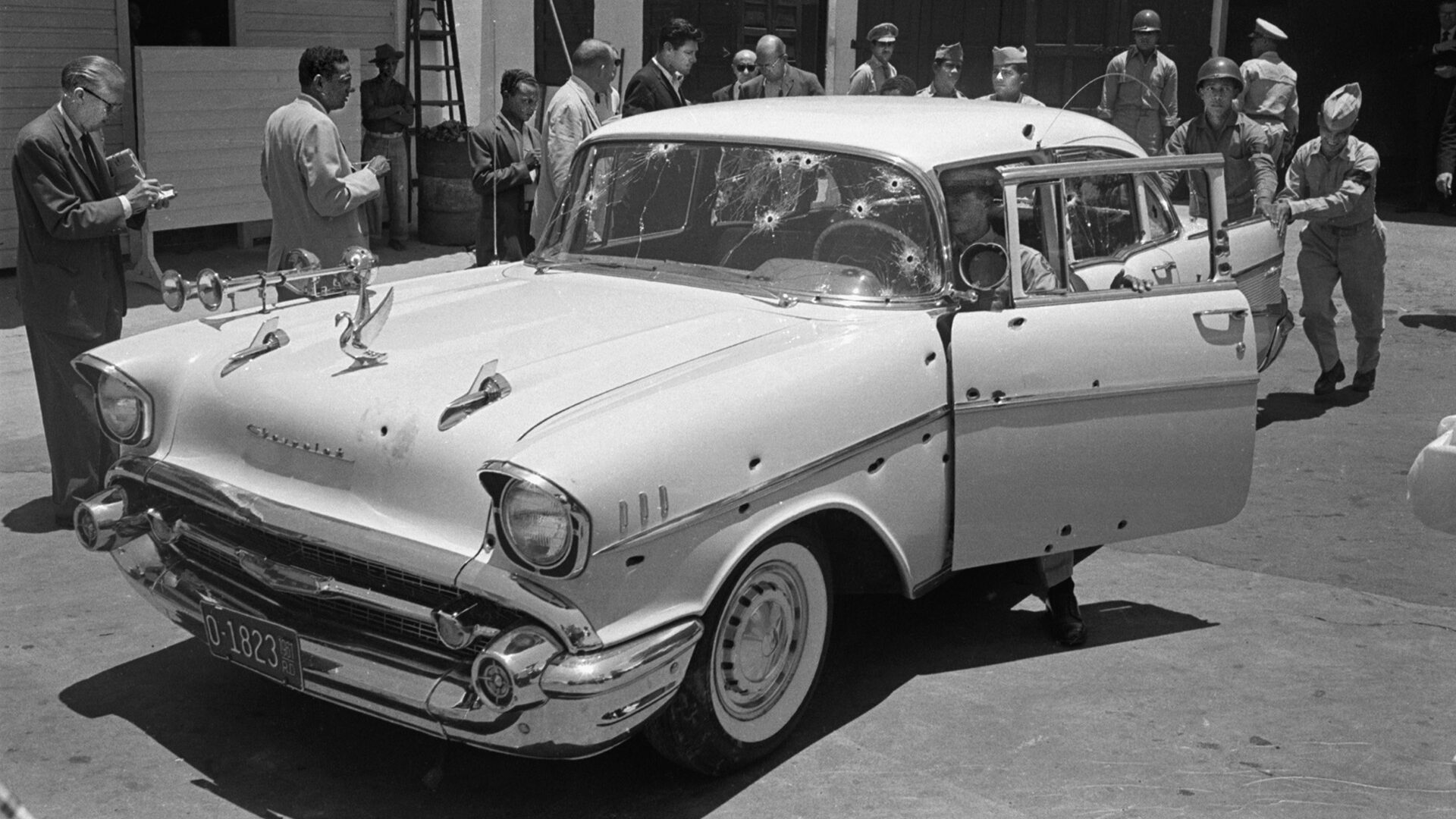
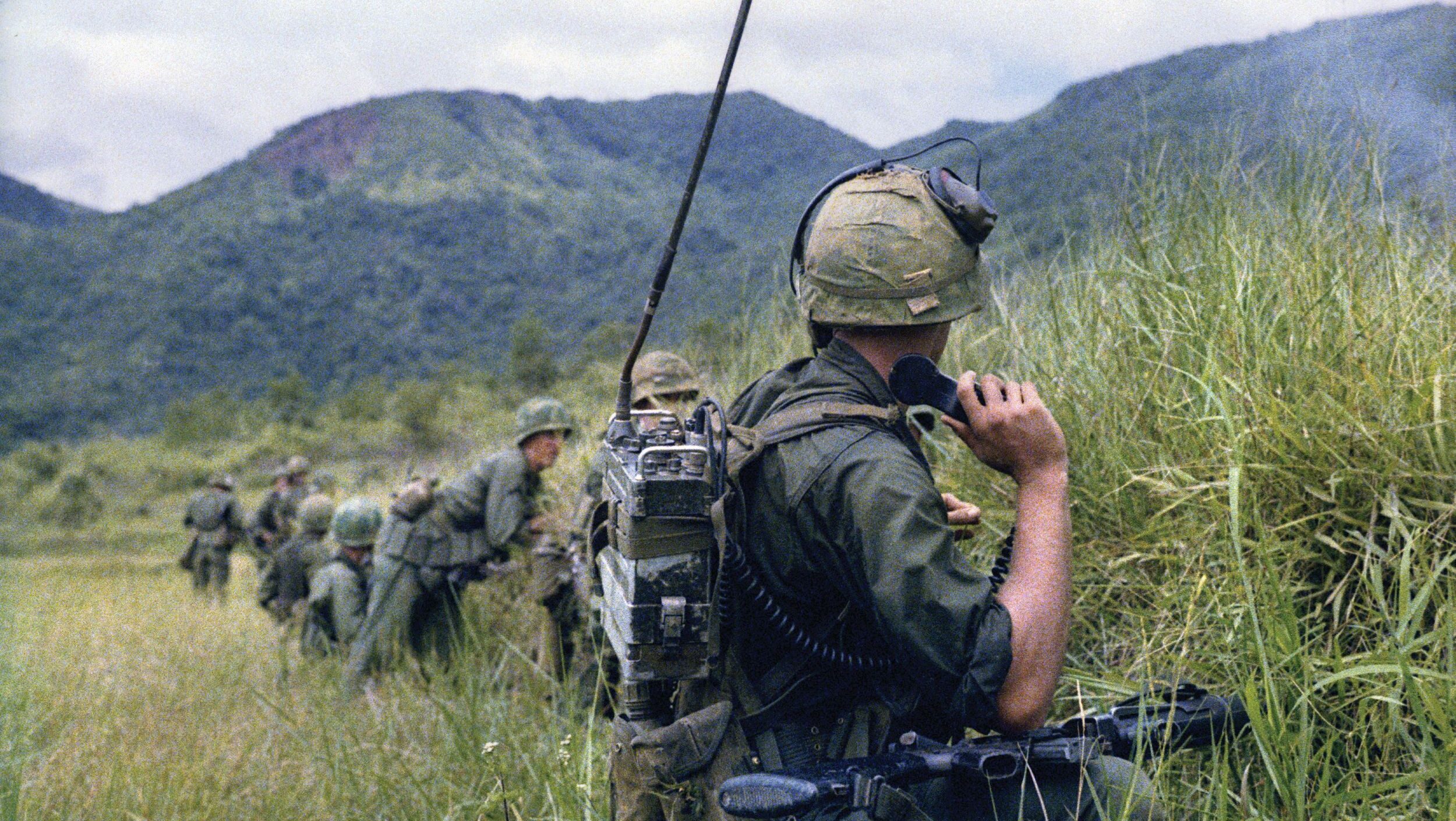
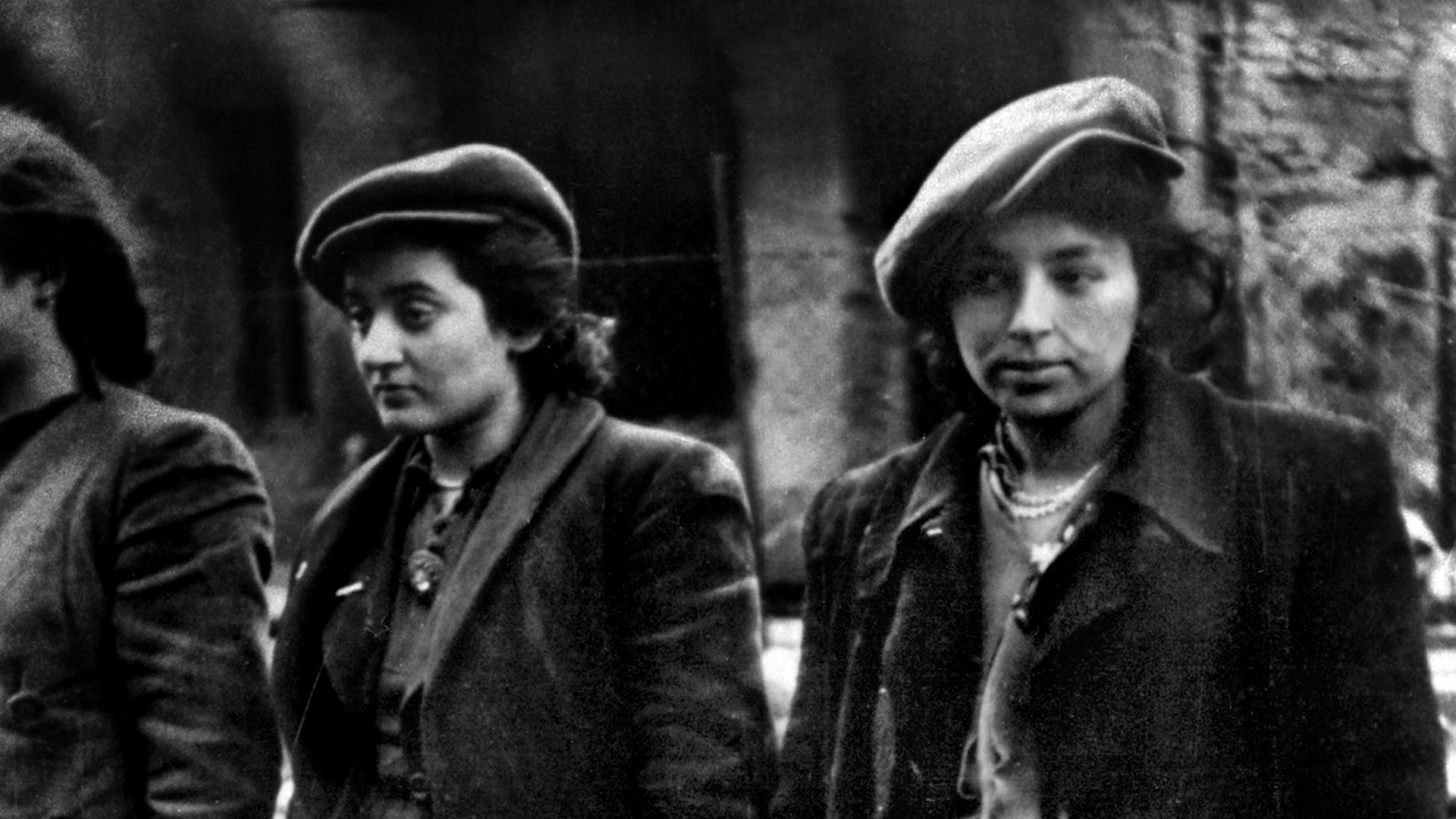
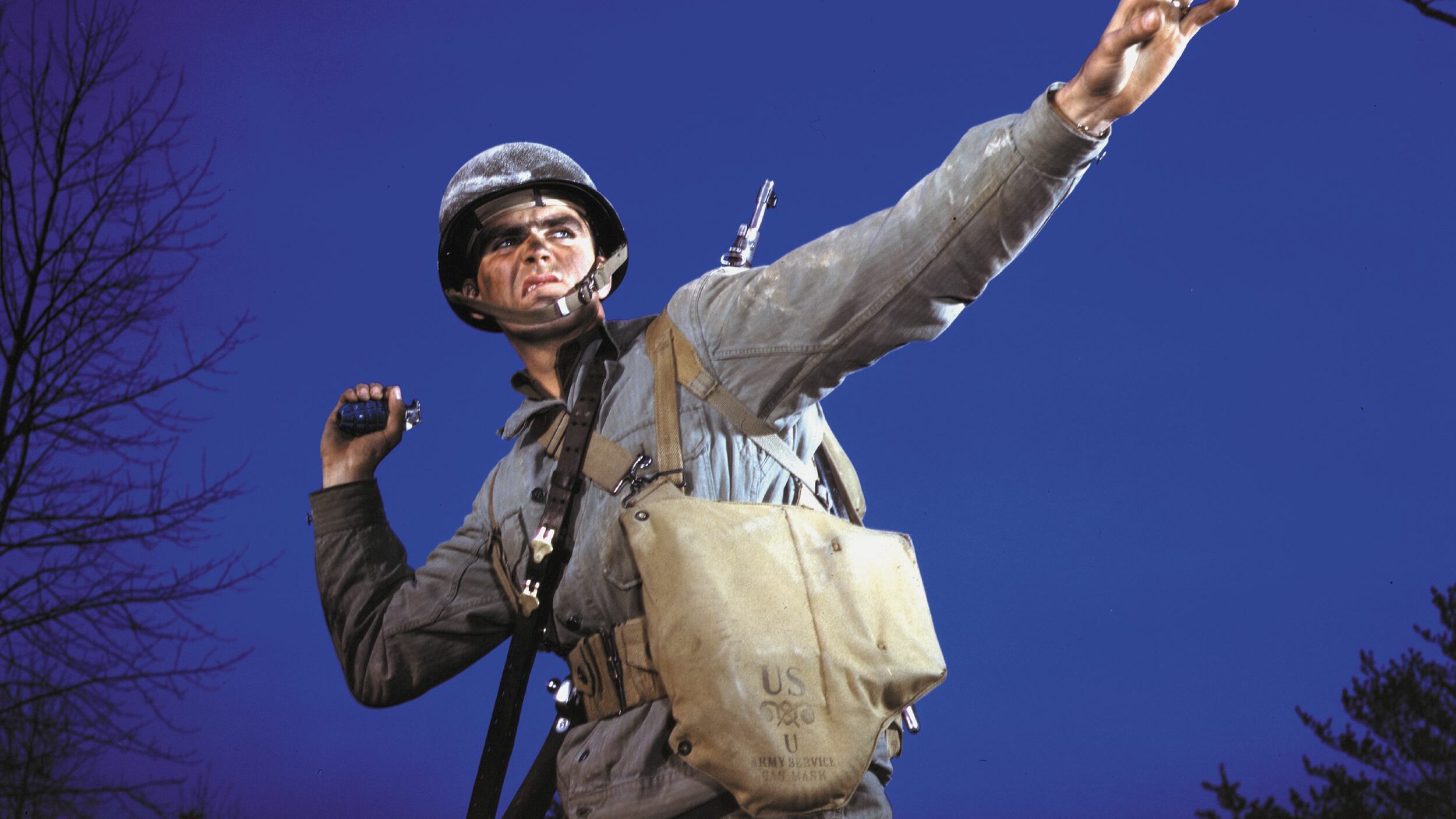
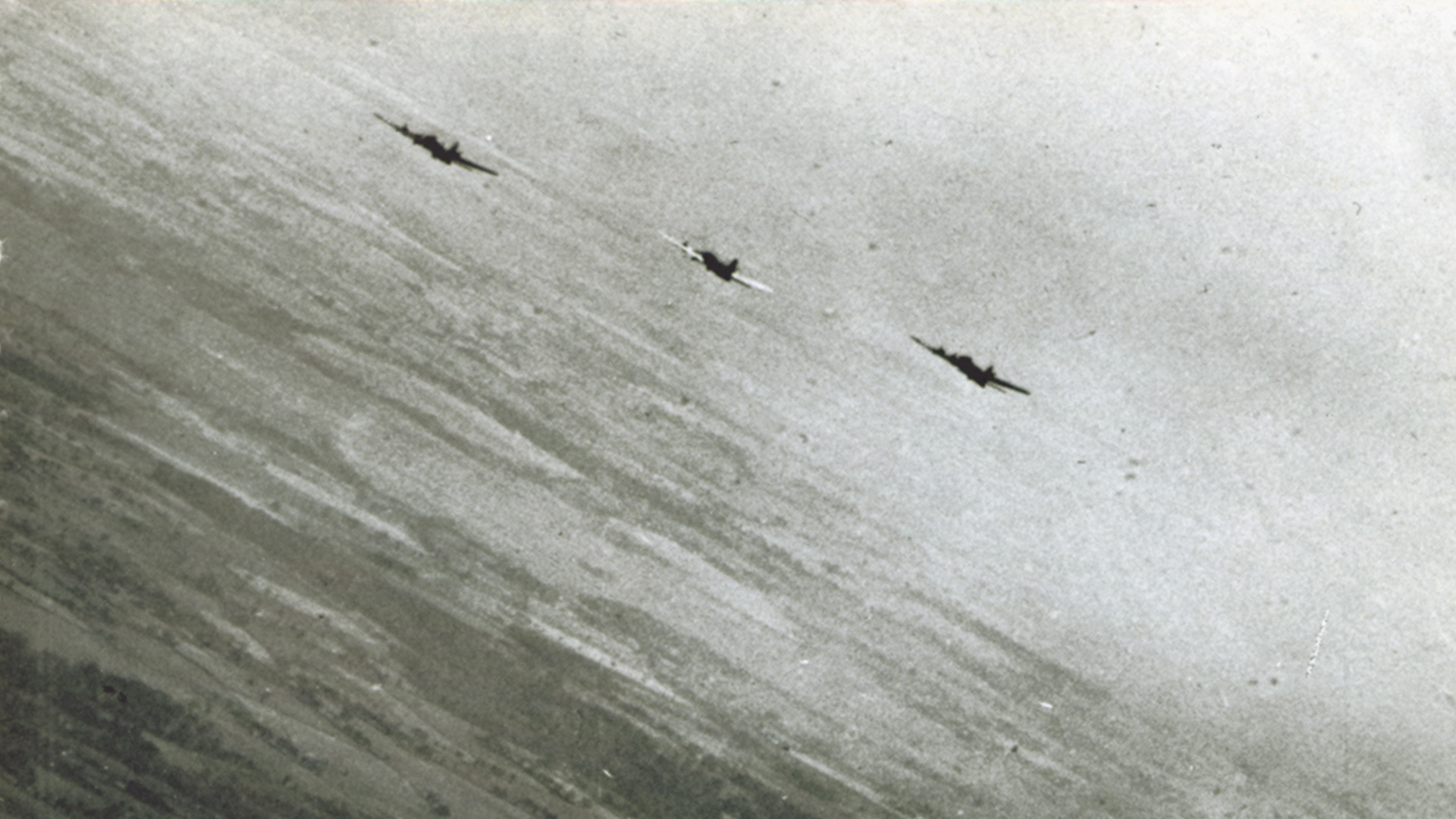
Join The Conversation
Comments
View All Comments